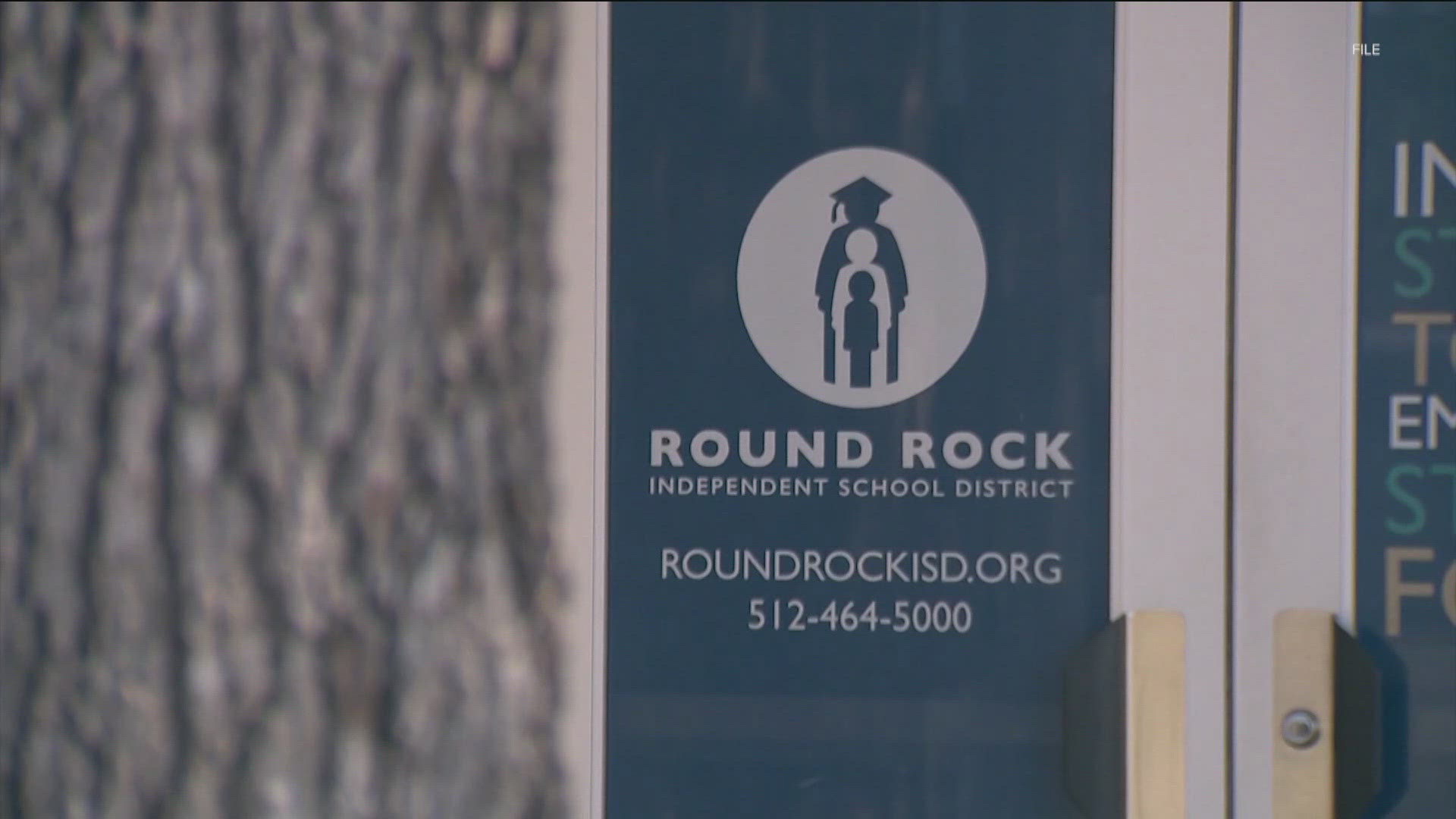ROUND ROCK, Texas — Voters in Round Rock approved $932.2 million to improve all the schools in the district on election night – but that was not the full package the district had proposed.
Round Rock ISD proposed a nearly $1 billion bond package, composed of four propositions. Voters rejected the fourth, Prop D, which would've paid for upgrades to the district’s athletic facilities.
“It's a pretty clear message that they sent us about Prop D, and so we're going to need to do a lot of communication with our community to see what they can and will support moving forward,” Round Rock ISD Board President Amber Landrum said.
Here’s a breakdown of the propositions:
- Prop A: $798.3 million to improve physical campuses like HVAC systems, roofing, electrical and plumbing. It would also add more safety features, new buses, a Career and Technical Education program, and get rid of the existing portable classrooms on several RRISD campuses
- Prop B: $125.3 million to upgrade old technology in schools
- Prop C: $8.6 million to the district’s fine arts programs to upgrade stage lighting and sound systems
- Prop D (failed): $65.9 million to improve existing athletic facilities by upgrading lighting and scoreboards, adding artificial turf, and creating a brand new multipurpose athletic facility
District leaders said they’re not entirely sure why one proposition from the bond failed because it all would come at no extra cost to taxpayers.
“I'm not sure why, but, obviously, that's something we have to assess and evaluate,” Round Rock ISD Superintendent Dr. Hafedh Azaiez said.
The district said the bond would actually lower the tax rate by about two and a half cents, because of a larger tax base with more people moving in, building homes and new businesses and property values in the area increasing.
Azaiez acknowledged that it is a large bond to ask of the community, but everything in it is a “need,” not a “want" for the district.
“Our average campus age is about 30 years. And so, sometimes, you know, we would prioritize building a new building versus maybe fixing the older existing buildings,” Azaiez said. “Most of the bonds that were in the past were usually to build new campuses or things like that.”
Going forward, Azaiez said upgrading the athletic facilities is still a priority, but the district will have to figure out a new way to fund that, whether it's another bond, a new one or other means.
The first phase of the newly-approved bond will start with replacing the technology and equipment for their students and teachers. Round Rock ISD expects to start that in either January or February.
By spring, the district said there should be a more complete timeline of when the rest of the bond projects will get started. A list of all the proposed projects broken down by individual school can be found on RRISD’s website.

